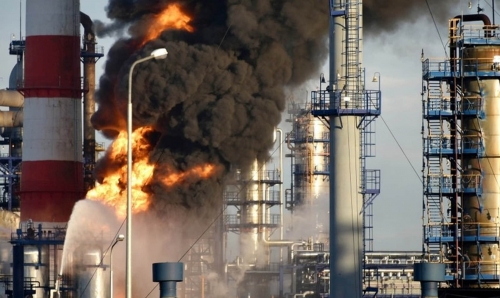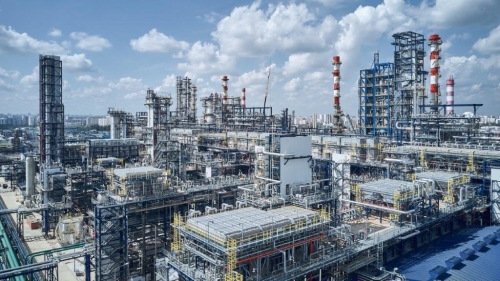Sinopec’s Fuling shale concession now holds proven gas reserves of more than 600 bcm after the NOC uncovered more than 220 bcm during the last month, China Daily reported on July 11.
Fuling is a core part of Sinopec’s efforts to lift domestic gas output from 20.81 bcm in 2015 to 40 bcm by 2020, of which 10 bcm will be extracted from shale projects.
Beijing, meanwhile, hopes that developing shale gas deposits situated throughout Sichuan and Chongqing will help reduce China’s dependence on imported fuels.
China is poised to become the world’s second largest shale producer by 2035, according to BP’s Energy Outlook.
The country’s tight gas reserves soared by five-fold during 2016 to 130 bcm, while output leapt by 50.4% year on year during the first quarter of this year to 1.15 bcm.
Sinopec’s efforts at Fuling are also bearing fruit, after a second development phase constructed last year pushed output to 5 bcm.
Over the course of 2017, Sinopec expects Fuling’s production capacity to reach 10 bcm, though actual output will trail at around 7 bcm in practice.
The field had some 232 production wells in operation as of January, of which 55 were brought on stream throughout last year.
Bloomberg Intelligence analyst Wang Lu was quoted by China Daily as saying Fuling would be crucial to achieving the National Energy Administration’s (NEA) overall shale gas output target of 80-100 bcm by 2030.
Ramping development at Fuling will also allow Sinopec to gain ground on its upstream rivals, helping to offset the NOC’s present exposure to oil refining operations.
“[Fuling’s] shale production may contribute about 4-5% of China’s total gas consumption by 2020,” Wang Lu said.
The Fuling field is located in rugged, mountainous terrain, which has made drilling and completion methods difficult and expensive to carry out.
The People’s Daily said Sinopec had developed its own “technical system” to aid development of Fuling, including the use of special drilling equipment.
Sinopec’s rival PetroChina also produces tight gas from its Changqing-Weiyuan concession in the Sichuan Basin.
The project yielded around 2.3 bcm last year, surpassing PetroChina’s own 1.5 bcm target after 44 new shale wells were brought on stream during the first 10 months of 2016.
It underscores growing momentum for Chinese shale after a difficult period during which Sinopec and PetroChina struggled to make development profitable.
Chinese shales are often more worn and deformed than would be geologically desirable, and NOCs have also had to justify mining water resources for hydraulic fracturing in a country where water shortages are common.
Sinopec boosts Fuling shale gas reserves
2017.07.14
1 258

%20(1).png)



